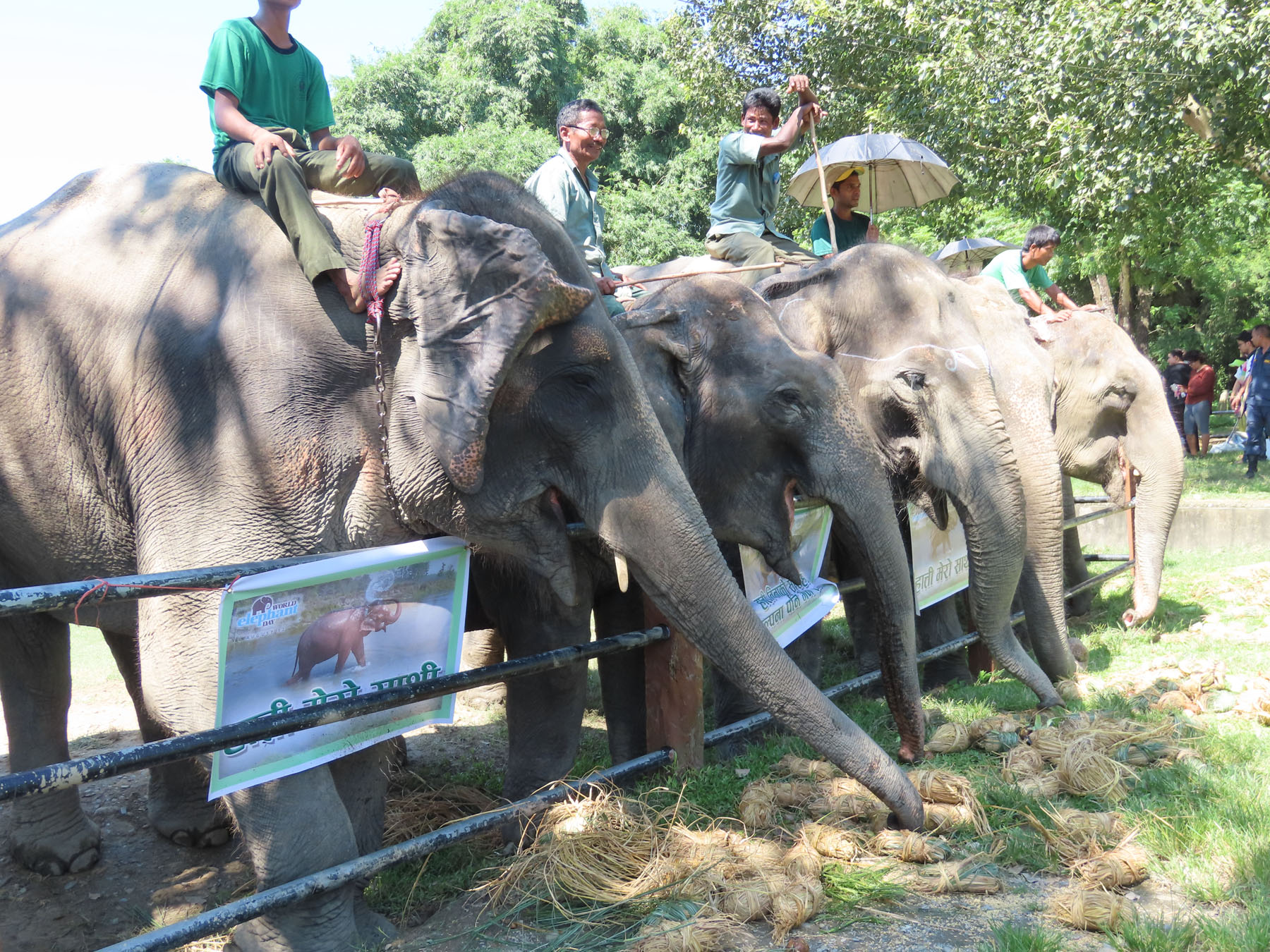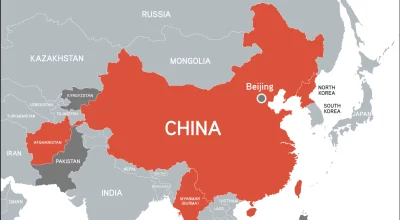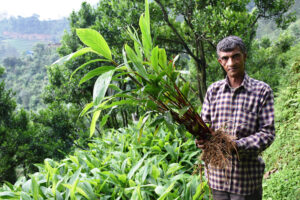
Kathmandu: The Asian Elephant is now threatened to extinction in Nepal despite the conservation interventions in place. The timeframe of Elephant Conservation Action Plan for Nepal (2009-2018) has come to an end. And now, Nepal is preparing a new conservation strategy for elephant. Experiences of the earlier conservation action plan could work as a foundation for formulating a new plan.
The decline in the population is primarily associated with the shrinkage and degradation of their natural habitats. According to the International Union for Conservation of Nature, shrinking territories have forced the population of elephants to get restricted to isolated populations in 13 range countries. Habitat loss compounded by fragmentation has made elephant-human conflict more common over time.
According to a recent study led by Krishna Acharaya, elephants were responsible for 30 percent of wildlife conflict associated with human death and injury (463 total cases of human death or injury due to conflict with wildlife), between 2010 and 2014 in Nepal. The government has introduced compensation mechanisms for human-wildlife conflict victims. According to Acharaya, elephant attacks peaked in winter and mostly occurred outside the protected areas, in human settlements. When the conflict occurs outside protected areas, the victims cannot receive compensation easily. Also, compensation alone is not the solution to the conflicts. Other efforts to solve the human-elephant conflicts are either negligible or unsustainable.
In Bahundangi area of Jhapa district, which was primarily known for human-elephant conflicts, electric fencing was installed to solve the problem. The measure offered residents some respite but human-wildlife conflict still persists. The interaction has even extended to Jalthal, another place in Jhapa rendering the solution of installing ineffective as the problem only shifted from one place to another. What’s more, the impact of the electric fences is yet to be explored.
Some 200 to 400 elephants enter every year into Nepal travelling from Bengal. These migratory elephants enter from Jhapa and move all the way to the central Tarai. A detailed study has yet to be done but it is largely believed that the resident elephants of Nepal live in small herds and these migratory elephants are crucial for maintaining genetic diversity. Thus, electric fencing is just a localised solution and cannot be applied as a comprehensive solution.
According to a study done by Dinesh Neupane, elephant-human conflicts are higher in areas where people are dependent on agriculture. Neupane has suggested that diversification of livelihood options such as by enhancing financial opportunity through ecotourism promotion could help in changing the locals’ attitude towards elephants. He has shown that when the conflicts are caused by the resident elephant, the level of tolerance is usually high while the tolerance level decreases when the damages are done by migratory herds.
Some of the objectives of the previous elephant conservation action plans were to collect information about the population status and herd size of elephants, to restore their habitats to reduce conflict with humans and to improve cooperation between people and the government agencies among others. But even by the end of the implementation period of the action plan, the actual population of the elephants is still not clear. Additionally, conflicts are reported to have increased in recent times. Chure forest—important corridors for the movement of elephants—continues to be degraded due to resource exploitation. Not to mention the wildlife cost associated with the construction of the proposed Nijgadh airport as the site is adjacent to Parsa Wildlife National Park, corridor to big wildlife like tigers and elephants.
There is much to be desired when it comes to the conservation of pachyderms. Usually, those tasked with preparing the action plan are on a contract basis. The so-called experts in the drafting process are usually the same who claim to be experts on not just elephants but on birds, pangolin, red panda, elephant, tiger, gharial and many more. Action plans are rarely made on an adaptive management framework and mid-term evaluation is never done either. As a result, one action plan draft is replaced by another but the result remains the same.
Ensuring the conservation of elephant in Nepal warrants the need for data and information about the population status of resident elephants, spatial and temporal dynamics associated with the migratory elephants and human-elephant conflicts. Besides, there is a need for action-oriented research to understand the solution for human-elephant conflicts. The new action should address these concerns and clearly state the amount of funding required for the implementation and source of funding for sustainable implementation of the conservation action plan.
(Source: The Kathmandu Post)
















